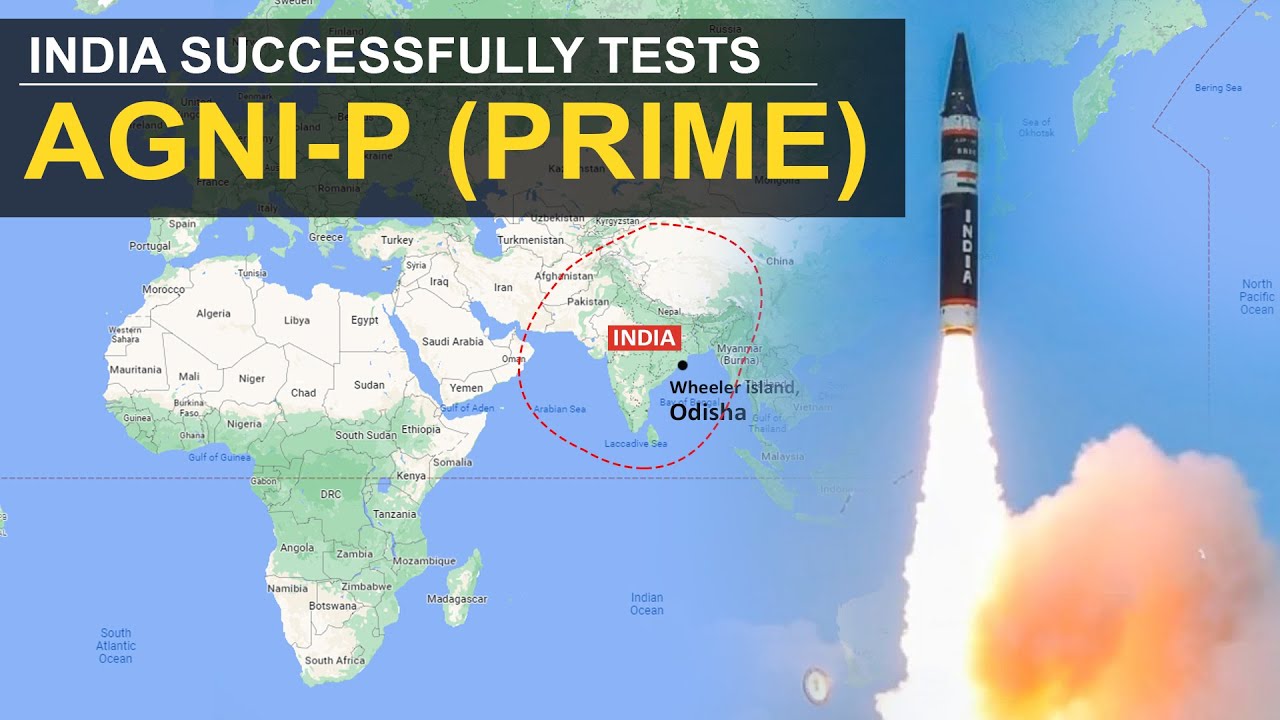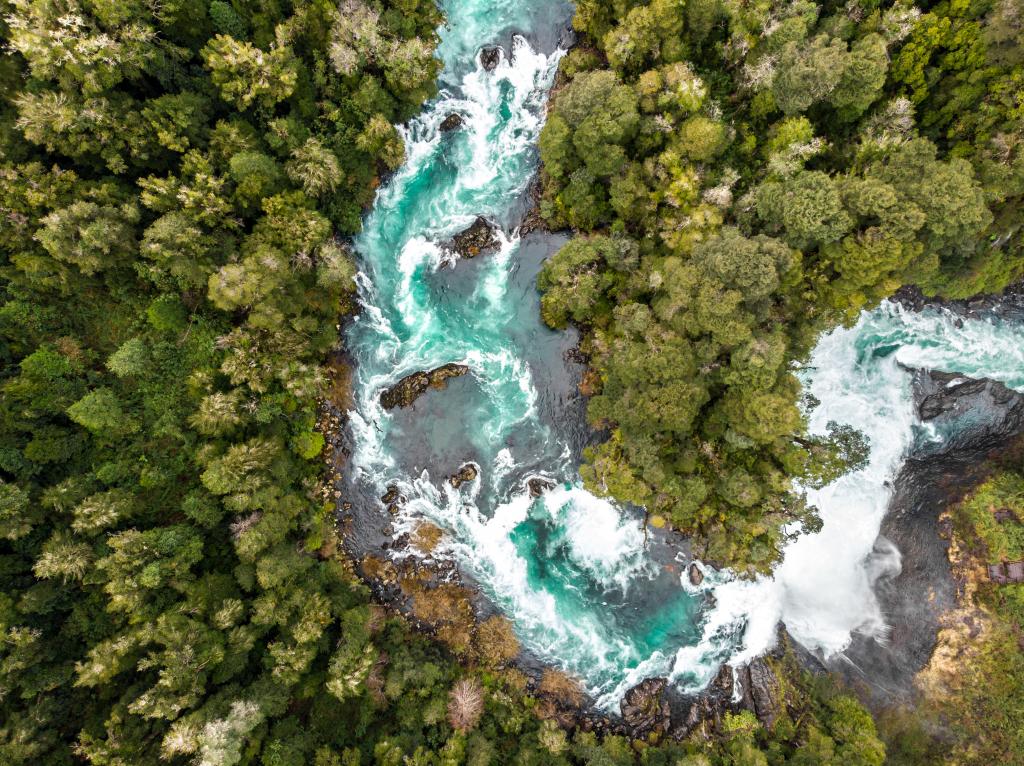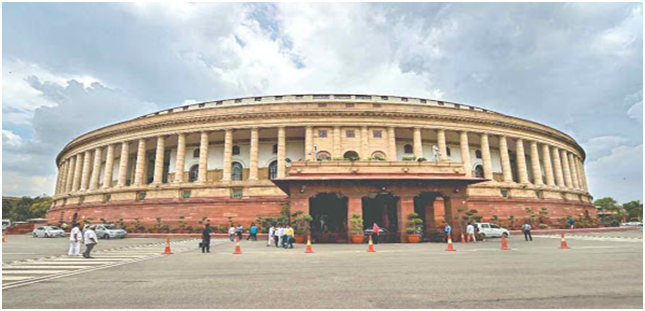The Drainage Pattern-जल निकासी पैटर्न
India has 2 types of drainage pattern.
1) The Himalayan DrainagePattern, 2) Peninsular Drainage Pattern.
Their characteristics are as follows:-
The Himalayan rivers are Perennial, longer, there is intensive relief. They enjoy meander and whereas Peninsular rivers are only seasonal, more straighter, less relief, less length.
The Himalayan river basins are broader whereas the peninsular basins are smaller.
The major Indian rivers are as follow
1) The Himalayan DrainagePattern
Sindhu/Indus:-
Indus originates from Mansarovar lake (Tibbet). Length – 2900 km Falls into Arabian sea.
Beas -
The Beas originates in Bias Kund, lying near the Rohtang pass. It runs nearast Manali and Kulu, where its valley is known as the Kulu valley. It joins the Sutlej river near Harika, after being joined by a few tributaries. The total length of the river is 615km. Flowing west, it enters India in the Ladakh district of J & K.
Jhelum –
It originates from Sheshnaag in Kashmir. Then, it hits into Chenab.
Satluj:-
Origin – Rakastal (near Mansarovar).River chenab drops in it. Then, they falls into Indus.
Ravi:-
Origin – Rohtang pass & mixes with Chenab.
Ganga:-
Origin – Gangotri – At the place of origin it is known as Bhagirathi. The stream Alaknanda hits it at devprayag & it’s name turns to Ganga. Then near Allahabad, Ganga, Yamuna & mythological saraswati meet together. Ganga’s water is pure due to the presence of Bacteriophage.
Major left-bank tributaries include the Gomti River, Ghaghara River, Gandaki River and Kosi River;
major right-bank tributaries include the Yamuna River, Son River, Punpun and Damodar.
In Bangladesh, its name becomes Padma and Brahmaputra meets it with the name Jamuna. Then its name becomes Meghna.
Yamuna:-
Origin – Yamunotri ( it is a glacier at Tehrigadwal) .At Allahabad it is mixed with Ganga.
Left bank Tributries-
Tons, Hindon, Hanuman Ganga, Sasur Khaderi
Right bank Tributries- Giri, Baghain, Chambal, Betwa, Sindh, Ken
Brahamaputra –
Origin – Mansarovar lake (Tibet). In Tibet, its name is Tsang Po & then Zang Bo. From Arunachal Pradesh, it enters in India from Dihang. In Bangladesh, its name is Jamuna total length is 2,900 km. This is the longest river of India.The Brahmaputra enters India in the state of Arunachal Pradesh, where it is called Siang.
It makes a very rapid descent from its original height in Tibet, and finally appears in the plains, where it is called Dihang. It flows for about 35 km (22 mi) and is joined by the Dibang River and the Lohit River at the head of the Assam Valley. Below the Lohit, the river is called Brahmaputra and Burlung-Buthur by native Bodo tribals, it then enters the state of Assam, and becomes very wide—as wide as 20 km (12 mi) in parts of Assam.
2) Peninsular Drainage Pattern.
Narmada:-
Origin – Amarkantaka (Dist. Anuppur). It flows westward. It’s the longest river of central India. Length 1325 km. Flows Parallel to tropic of cancer. At Bhadoch (Gujarat), it falls in Gulf of Khambhat. It makes an esturary.
The Kaveri –
(Cauvery or Kavery) is one of the great rivers of India and is considered sacred by the Hindus.This is the [holy river] of south Indians.
Birth place of river kaveri called as Tal kaveri, in Karnataka [Dakshin Kashi] god shiva temple called [Bhagandeshwar] at [Bhagamandala] and caveri temple at [talakaveri]. The headwaters are in the Western Ghats range of Karnataka state, and from Karnataka through Tamil Nadu. It
empties into the Bay of Bengal
The Mahanadi River System
Mahanadi is a combination of many mountain streams and thus its precise source is impossible to pinpoint.
However its farthest headwaters in Dhamtari district of Chhattisgarh . Near the city of Sambalpur, it is dammed by the largest earthen dam in the world, the Hirakud Dam.
The Mahanadi River Delta in India is a basin of deposit that drains the large land mass of the Indian subcontinent into the Bay of Bengal. The alluvial valley is wide and relatively flat with a meandering river channel that changes its course.
The Mahanadi River flows slowly for 560 miles (900 km) and has an estimated drainage area of 51,000 square miles (132,100 square km). It deposits more silt than almost any other river in the Indian subcontinent.
Godavari –
It comes out from Western Ghat (Dist. Nasik). The famous religious spot, Trimbakeshwar is situated. It is the longest Peninsular River (1465 km). It is also known as Gangas of the South. It falls in Bay of Bengal.
Right bank Tributries-
The Pravara, Manjira and Maner are right bank tributaries
Left bank tributaries –
The Purna, Pranhita, Indravathi and Sabari are important left bank tributaries,
Krishna –
It originates from Western Ghat (Mahabaleshwar) & falls into Bay of Bengal length (14,00 km).
Tapti: Tapti River,Orignates from Multai ,destrict Betul , is one of the major rivers in Central India. Its total length is around 724 km which flows through the states of Gujarat, Madhya Pradesh and Maharashtra and finally merges into the Gulf of Cambay (also called Gulf of Khambhat) of Arabian Sea near Gujarat. Some major cities such as Surat, Naski, etc. are located on the bank of River Tapti.
Luni River –
Originates in the Pushkar valley near Ajmer, ends in the marshy lands of Rann of Kutch.
Sabarmati River –
Originates one the western slopes of Aravalli range of the Udaipur District, ends into the Gulf of Cambay of Arabian Sea.
|
Important Questions-IAS /MPPSC Exam Q-With reference to the Indus River system, of the following four rivers, three of them pour into one of the which joins the Indus direct. Among the following, which one is such river that joins the Indus direct? Ans- (d)Sutlej Q. Consider the following Rivers( IAS) Ans- [B] 2 and 4 Vamsadhara: It is an east-flowing river that originates in the Kalahandi district of Odisha, Eastern Ghat, flows in Odisha, along its boundary with Andhra Pradesh and finally joins the Bay of Bengal at Kalingapatnam, Andhra Pradesh Q-The longest river in India is(MPPSC) (a) Brahmaputra (b) Ganga (c) Godavari (d) Indus ANSWER: (b) Ganga Q. The second largest river basin of India is(MPPSC) (a) Mahanadi Basin (b) Narmada Basin (c) Godavari Basin (d) Kaveri Basin ANSWER: (c) Godavari Basin Q. Peneplain is related to (MPPSC) (a) wind (b) underground water (c) glacier (d) river ANSEWER-(d) - The correct answer is Rivers. A peneplain (an almost plain) is a low-relief plain which is formed as a result of River erosion. |
Interlinking of Rivers:-
In India, the demand of water is rising day by day but the availability of water is not rising at the same proportion. The climate of India is a Mansoon climate where more than 90% of the rainfall is in just 100 hrs.
Because of lack of distribution of rain fall drought in one area whereas flooding in other area of the country is seen.
Because of the precarious situation, Sir Arthur cotton made a plan in 1839 to interlink the important rivers of India. The same scheme is currently envisaged by National Water Development Authority. The supreme court has also directed executive to take action in this regard.
Under, the current scheme 30 Indian rivers will be joined through a grid. Out of which, 14 rivers will be a part of Himalaya grid & rest 16 of Peninsular grid. The two grids will be join at river Mahanadi. From this grid, the dry areas will receive water from heavy rainfall areas. It will reduce the loss of life & property in heavy rainfall areas.
The problem of drinking water & irrigation can be solved up to a good extent. It will reduce the indebt ness & suicide by the farmers in the drought prone areas.
The above will also reduce the exodus of rural population in urban areas & it will increase their dependency & self reliance on agriculture.
Above scheme needs massive investment & for a developing country like India it’s a challenge. In the process of linking of rivers the canals will be made under which the useful land of the farmers will be submerged . Besides, our political bosses don’t seem to be serious, if national water development authority would be active & committed then supreme court need not to give the direction.
The above scheme seems to be a revolutionary scheme should be completed as a mission within temporal dimensions.
|
Q. Which of the following rivers rises from the Trimbak Hills in Nasik district ? ( MPPSC-2023) (a) Shetrunji (b) Bhadra (c) Dhadhar (d) Vaitarna Ans: D Vaitarna |
-----------------------------



.jpg)
.jpg)
.jpg)
.jpg)
.jpg)
.jpg)




.jpg)
